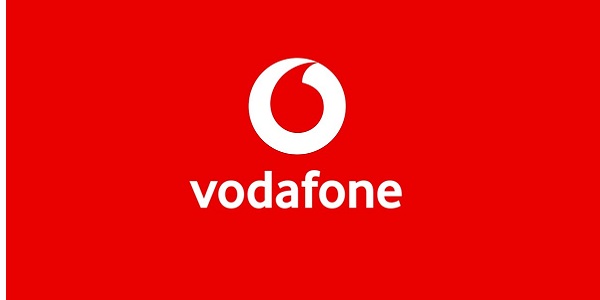Vodafone (VOD.L) has teamed up with Intel Corp. and other silicon vendors to develop its own chip architecture for the fledgling OpenRAN network technology, with the goal of weakening incumbent telecoms equipment suppliers’ control.
OpenRAN allows operators to mix and match providers in their radio networks, posing a threat to the proprietary technologies of Ericsson (ERICb.ST), Huawei, and Nokia (NOKIA.HE), who now dominate the worldwide telecoms equipment market.
Since some governments have restricted or discouraged the use of Huawei’s equipment in national networks, OpenRAN development has gained traction.
OpenRAN will allow Vodafone’s director of network architecture, Santiago Tenorio, to quickly introduce new digital services and optimize networks using artificial intelligence (AI).
“It will bring disruptive innovation back to the network,” he said.
OpenRAN creates interoperability between the software and hardware components of the radio access network, widening the pool of suppliers and lowering the barrier of entry.
Vodafone launched Britain’s first 5G OpenRAN site serving real customer traffic earlier this month in Bath, western England, setting off a deployment that will include 2,500 sites by 2027.
The R&D center will unite 50 OpenRAN experts together with 650 software engineers, architects, and technicians in the Spanish capital, where the British corporation is investing 225 million euros ($251 million) over five years. It will debut on Monday.
Tenorio stated that Vodafone will create hardware for the ARM and RISC-V instruction sets as well as Intel x86, despite the fact that Intel was up to three years ahead of competitors and had already played a crucial role in the creation of OpenRAN.
About 20 other vendors have joined the project, including Qualcomm (QCOM.O), Broadcom (AVGO.O), ARM, and Lime Microsystems, with half of the total coming from Europe, the company said.













